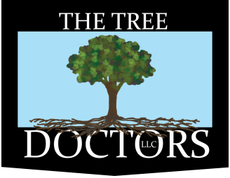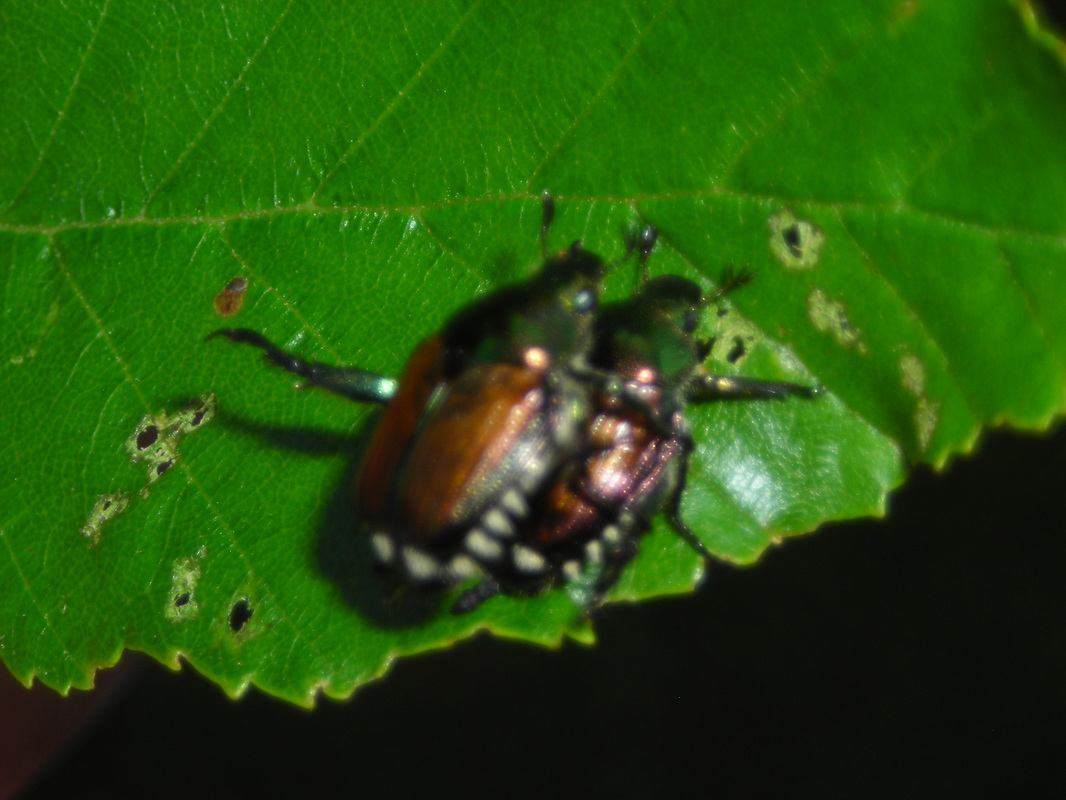Specialists in the Treatment of Trees for Insects and Diseases
Arborist and Tree Care Services
Better Services at a Lower Price
Certified Arborist
Emergency Services Available
Hours:
Do Your Trees Look Sick? Which of These Could it be…
Contact us today to schedule your fall and spring treatments!
The Tree Doctors LLC is a locally owned business with over 18 years of experience providing professional arborist services in Jefferson County and Lake Country areas. From treating insect-infested trees and tree diseases to fertilization, our fully staffed and equipped team is ready to serve you and your trees. We also provide emergency services and usually respond within the same day. Call us today for your free diagnosis!
Insects
Call The Tree Doctors LLC for effective tree treatment to control insects such as Japanese beetles, emerald ash borers, and bronze birch borers.
Diseases
For effective treatment of apple scab, rhizosphaera needle cast, or other types of tree disease, request a service today. We provide free estimates for residential trees.
Nutrients / Soil
Our team will diagnose your tree to check for any nutritive deficiency and fertilize the tree from underground using a root feeder. Call us today for your free diagnosis.
Here's what our satisfied customers are saying...
serving Area
35 mile radius around Jefferson, WI
Jefferson, WI
Watertown, WI
and surrounding areas
Business Hours
- Mon - Fri
- -
- Sat - Sun
- Closed












Share On: